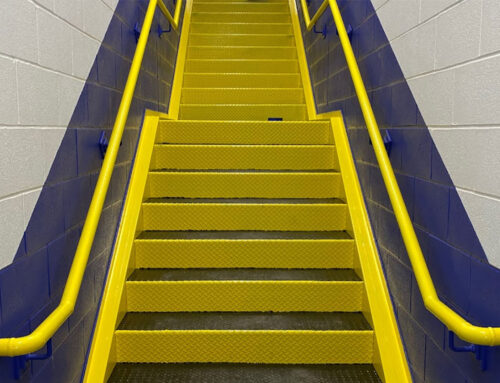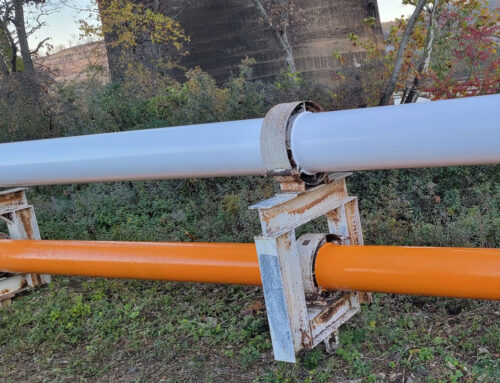Industrial coatings are durable and made to resist various conditions. Even the strongest coatings have their limits.
Industrial coatings are used for their performance and protective qualities. They can provide a barrier that protects surfaces from chemicals, rust, abrasion, corrosion, extreme temperature, fire and more.
These industrial protective coatings, onced completely cured, are considered “all weather.” Although, it should be noted that weather conditions can affect the longevity and performance of the industrial coating.
Weather Conditions and How they Affect Coating Longevity
Industrial protective coatings are typically made from both organic and inorganic materials that are combined with pigments to create these durable products. They often contain a mix of resins to create something that is both protective, durable and flexible.
It is important to note that during the creation process, too much moisture or heat can cause the materials to break down, which will negatively impact the coating. It may not work as promised or will not adhere to surfaces properly.
Heat and humidity are not the only things that can impact industrial coatings. Cold or dry weather can also negatively impact protective coatings. Cold or dry conditions can cause discoloration of the coating or impact its adherence to a surface. Dry conditions can make it difficult for coatings to adhere evenly to a surface.
Temperatures below 50 degrees Fahrenheit can impact the chemical reactions that take place to create the coated surface. In addition, low temperatures will increase the dry time for an industrial coating. Conversely, hot temperatures can cause blistering and bubbling, which will affect its performance.
When a surface is prepped properly – meaning the surface is clean, dry and at the right temperature – it will ensure the success of the coating process. If the surface is too hot, too cold or too damp, the protective coating will not adhere or cure properly. Hot, humid conditions can also make protective coatings prone to fail.
You should also store industrial coatings between 60 and 80 degrees Fahrenheit. If they are not stored properly, the coating will not adhere properly and will need to be replaced.
Protection, Aesthetics and Weather
Industrial coatings are used to protect surfaces from wear and tear. Because weather conditions can (and will) negatively impact the performance of these coatings, it is imperative that they are stored and applied properly.
Protective industrial coatings will not provide the correct or expected level of protection that is needed. In addition, exposure to both UV rays and humid conditions will cause adverse affects, like coatings to fade. Although this does not typically impact the coating’s protective qualities, it will impact the aesthetics of the object.
A typical coating should last anywhere between 20 years to 40 years. However, this number is dependent on the conditions in which the coated surface is stored or left. It is important to note that these environmental conditions can cause minor damage, like loss of gloss, and touch-ups may need to happen in as soon as 5 years, with larger maintenance needed about every 10 years.
In Summary
One of the important things to remember about industrial coatings is that they must be stored properly and used during optimal times. This includes avoiding applying coatings in cold or humid temperatures, or at night when temperatures are typically colder.
This is especially important for industrial painting contractors in Pittsburgh, where both humidity and cold weather is common. Eagle Eye promises to deliver a quality industrial paint job with our years of experience in the field.
Ready to Get Started?
Have questions about your project or need a quote? We’ve got someone ready to help you.



